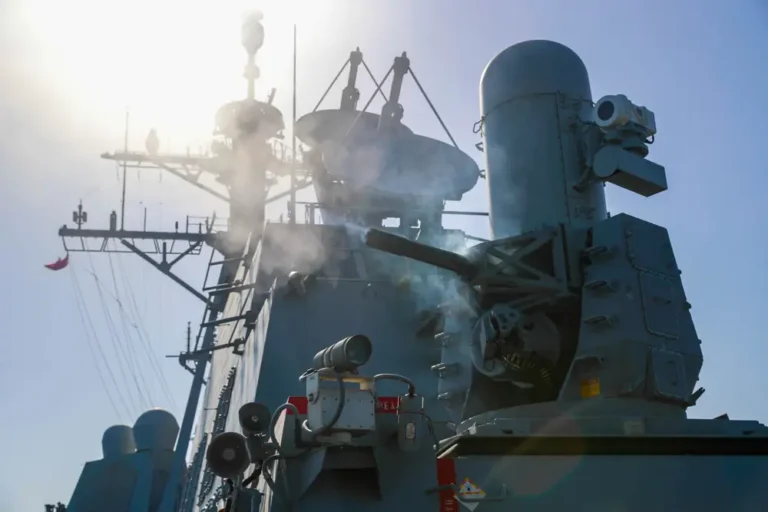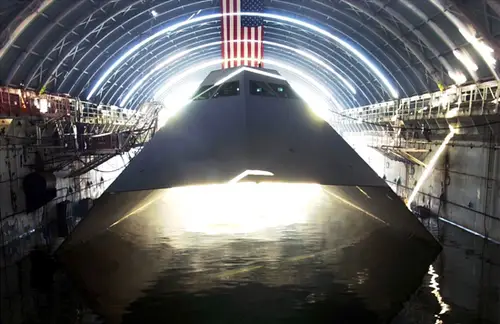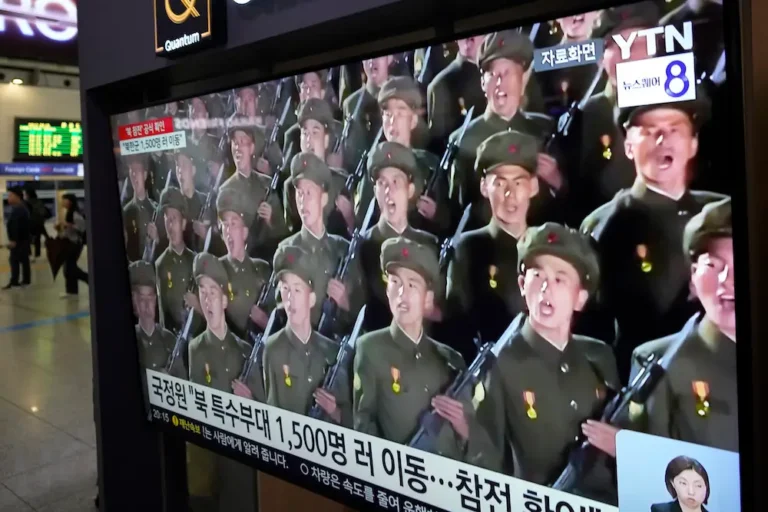US Army Rangers have been training for a different kind of fight: neutralizing enemy underground nuclear facilities
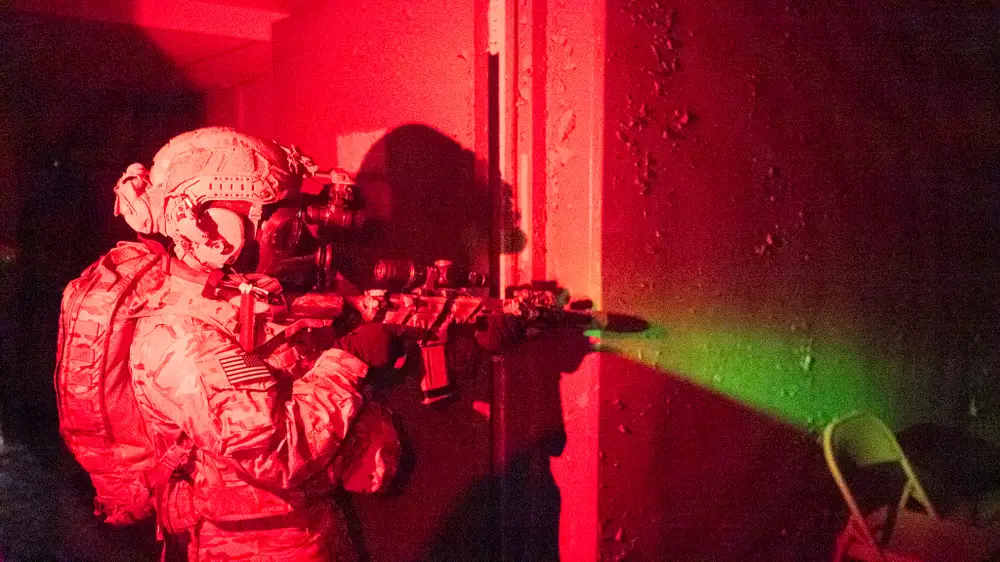
A US Army soldier participates in an exercise to seize and exploit an underground nuclear facility.
Over the summer, soldiers from the Army’s little-known Nuclear Disablement Team linked up with the elite 75th Ranger Regiment at a training event that offered insight into how the US military is thinking about taking out enemy underground nuclear facilities in the event of a conflict.
The drill came as the US grapples with rising tensions with China, Iran, North Korea, and Russia, three of which already possess nuclear weapons and one that is, as far as the US is concerned, a little too close for comfort.
Rangers taking down nuke sites
For decades, taking down adversary nuclear facilities has been a concern for the US military. No one wants to think about a near-peer conflict because of the specter of nuclear war that such a conflict could bring, but militaries regularly prepare for a wide range of scenarios that might never happen.
Ranger training to prosecute nuclear targets seems to signal a shift in their role. For decades, the mission to find and eliminate enemy nuclear facilities belonged to the secretive Joint Special Operations Command (JSOC) and its tier 1 special missions units. The Army’s Delta Force was primarily tasked with finding ways to penetrate highly guarded nuclear facilities and neutralize nuclear warheads.
“The Unit [Delta Force] has been involved with the mission set. It is an extremely difficult task that incorporates a wide range of skill sets like CQB [close quarters battle], breaching, and CBRN [chemical, biological, radiological, and nuclear warfare],” a retired Delta Force operator told B-117.
“The fact that Rangers and SF [Army Special Forces] are getting involved in the mission set tells me that the military is getting ready for a fight where there might be several different nuclear sites that need to be secured,” said the retired Delta Force operator, who talked on the condition of anonymity because of his ongoing work with the Department of Defense.
The exercise in June saw Rangers and Nuclear Disablement Team soldiers operating under simulated fire at a decommissioned pulse radiation facility.

The training exercise in June highlighted a shift in focus and a changing role for the Rangers amid new challenges with America’s top rivals and foes.
“The highlight of the exercise was the integration of the NDTs and 75th Ranger Regiment teams,” Army Maj. Aaron J. Heffelfinger, the team chief for Nuclear Disablement Team 1, said following the exercise, adding that the training “ensured that if we train together or respond to a real-world crisis in the future the teams are already familiar with each other’s capabilities.”
Although the training was intended to simulate attacking an adversary nuclear facility overseas, recapturing a friendly nuclear facility captured by enemy forces or even terrorists at home is also a concern. There are a number of legal concerns surrounding a potential response in that particular nightmare scenario, but there are workarounds.
The Army’s Nuclear Disablement Teams, which handle weapons of mass destruction and related materials to deny their availability to adversaries, also work with federal agencies like the FBI as part of a task force trained and equipped to conduct nuclear forensics, and during the summer, the Army unit also worked with Green Berets from the 7th Special Forces Group on taking down nuclear facilities.
A new kind of mission for the Rangers
The 75th Ranger Regiment is the world’s premier light infantry, special operations unit. Comprised of three line infantry battalions, an intelligence battalion, and a special troops battalion, the 75th Ranger Regiment is America’s answer to difficult situations that require raw force, numbers, and violence of action, the latter involving unrestricted speed, strength, surprise, and aggression.
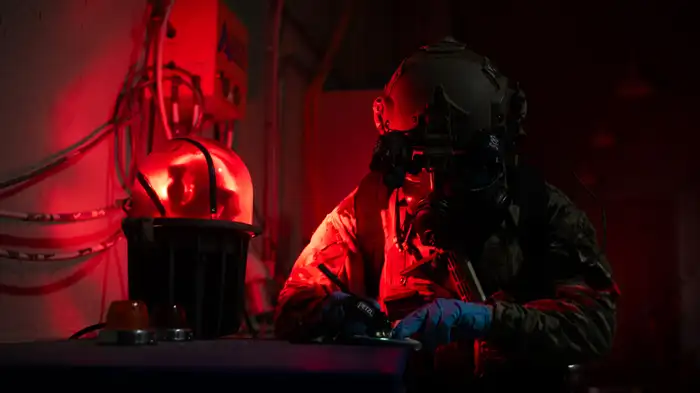
NDT soldiers are part of a little-known unit tasked with dealing with WMDs and other nuclear threats. Their cooperation with the Rangers is notable.
Military commanders and planners have long recognized the value and effectiveness of the unit. In December 2020, the unit achieved a remarkable 7,000 days in continuous combat.
Today, the 75th Ranger Regiment is a vastly different organization than it was 20 or 30 years ago. For years, the Rangers were limited to capturing airfields and pulling security for Delta Force. as they did during the Black Hawk Down incident in Mogadishu, Somalia, in 1993.
But the demands of the Global War on Terror across the force opened the way for the 75th Ranger Regiment to take on more missions. Rangers in Iraq and Afghanistan went after the same high-value targets as Delta Force and SEAL Team 6. And now, they have taken on another strategic mission set, responding to the nuclear threat.

